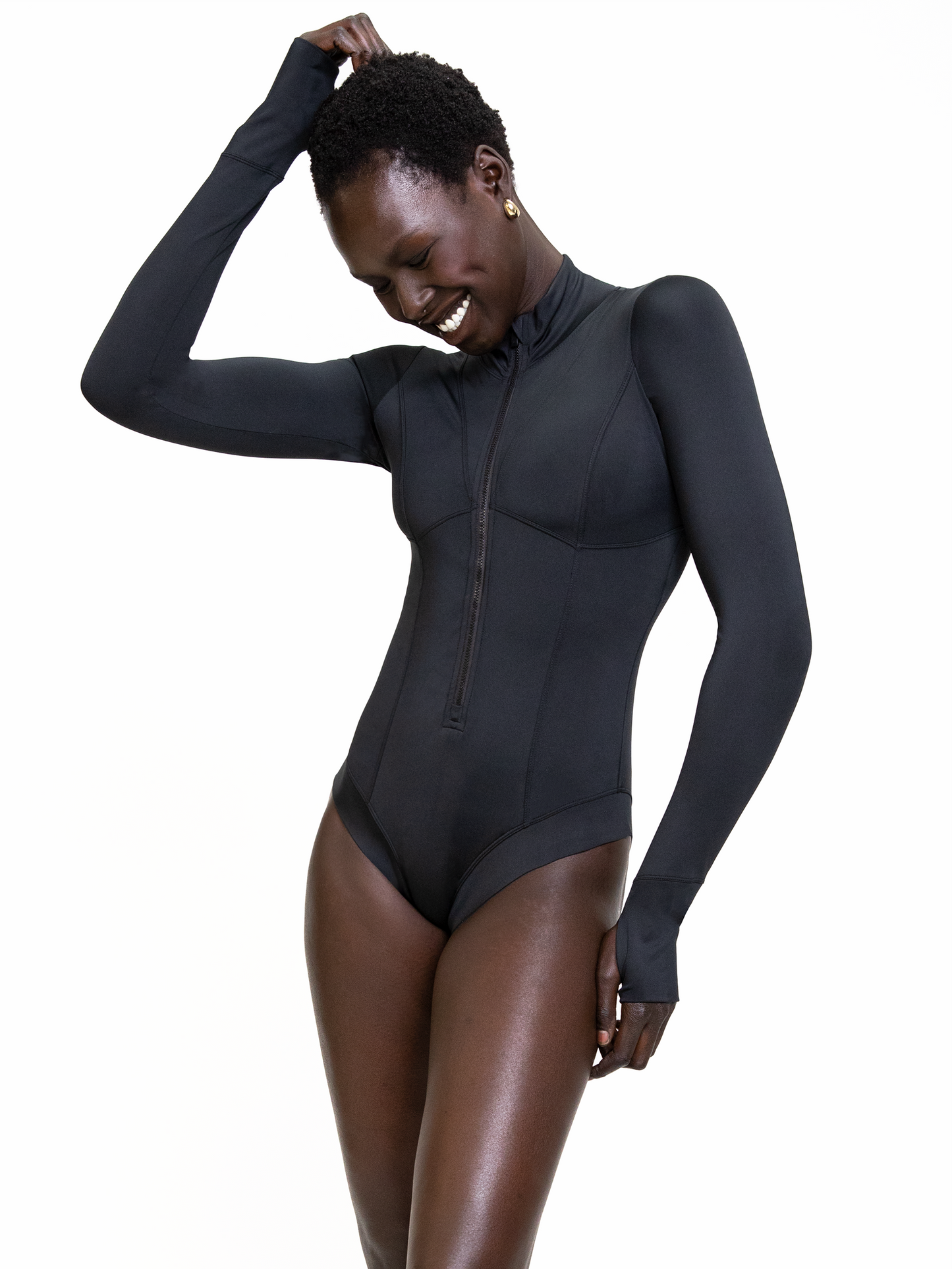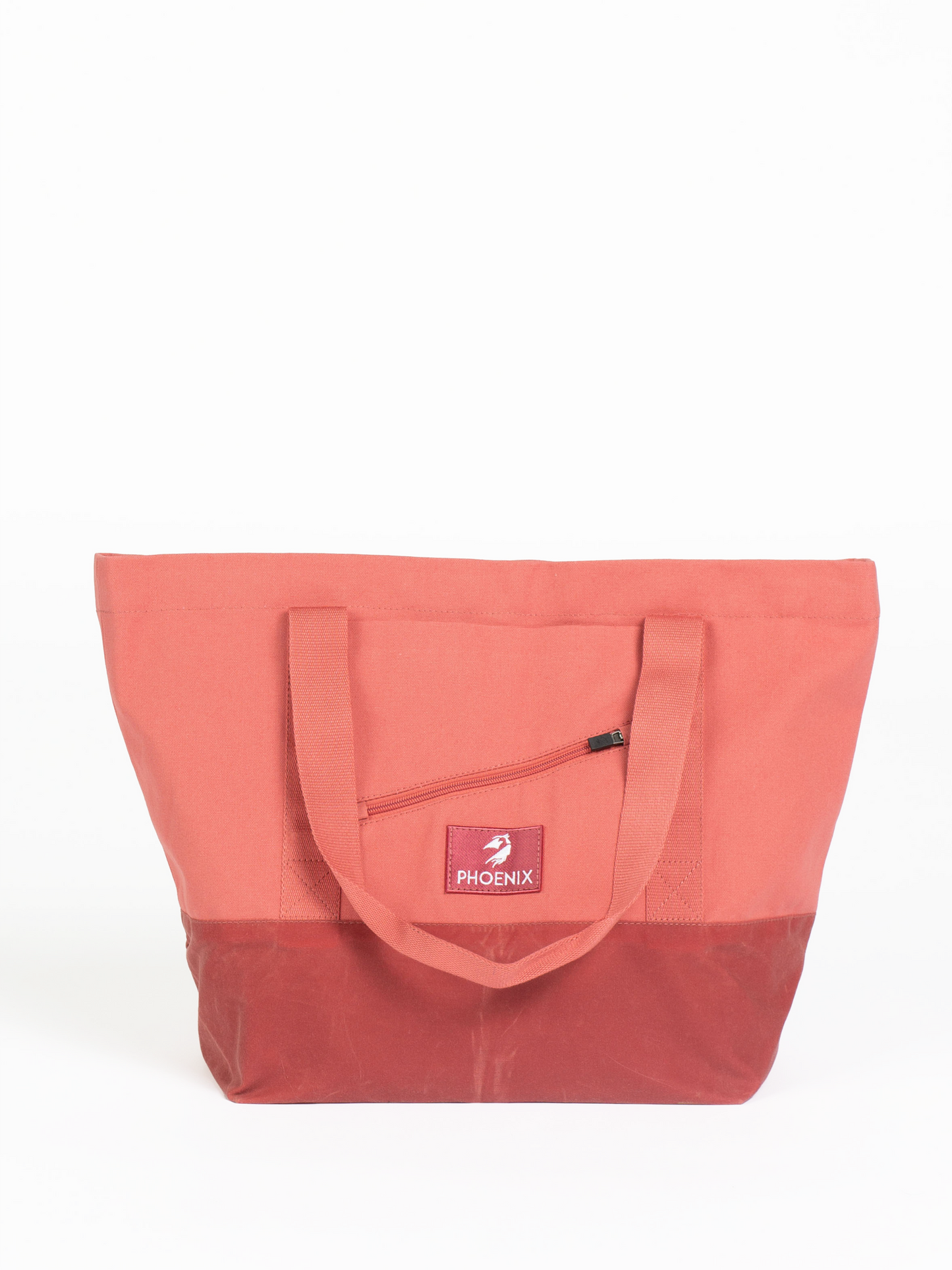
It’s tricky navigating new brands and trying to figure out their sizing. As we all know, the struggle is real when it comes to purchasing the same size across different brands. Sizing charts can vary significantly between clothing brands, and there are several reasons for this variation. It can be frustrating for consumers, but it's a complex issue with no immediate, one-size-fits-all solution. Here are some of the key factors contributing to the differences in sizing charts.
BRAND PHILOSOPHY & TARGET AUDIENCE
Different brands cater to different markets and demographics. Their sizing reflects the specific body types they aim to serve. For example, a brand that primarily targets a younger demographic might have smaller and more "fashion-forward" sizing, while a brand focused on mature customers might offer more generous cuts. Some brands develop their own in-house sizing philosophy, often based on years of experience and customer feedback. This approach can lead to sizing that is unique to that brand.

VANITY SIZING
Some brands engage in vanity sizing, which means they label their clothes with smaller sizes than the actual measurements to make customers feel better about their purchases. This practice can create confusion and inconsistency.
HISTORICAL SIZE CHANGES
Sizing standards have changed over time due to factors like shifts in fashion trends and ideal body types. Sizing standards have changed over time due to factors like shifts in fashion trends and ideal body types. What was considered a "medium" in the 1950s may not align with today's medium size. The perception of the "ideal" body shape has evolved over time. Cultural and societal norms have changed, leading to alterations in how clothing is designed and sized to accommodate these ideals. In some eras like the 1950s, curvier figures were celebrated, while in others like the 1960s, a more slender or androgynous look was favored.

GEOGRAPHIC VARIATION
Different cultures often have distinct preferences for body shape and fit in clothing. These cultural variations influence how sizing standards are established in each region. Also, converting sizing between different measurement systems (e.g., UK, US, European) can be complex. Each system may use different methods of measurement, and rounding conversions can result in discrepancies. In today's globalized market, many brands are available worldwide. To accommodate customers in different regions, these brands may choose to offer size conversions on their labels, further complicating sizing standards.

LACK OF STANDARDIZATION
The fashion industry lacks a universal sizing standard, which allows brands to define their sizing as they see fit. Attempts to establish standardized sizing have been made, but they face resistance and complexities due to all the factors mentioned above.

While the discrepancies in sizing charts can be frustrating, it's unlikely that there will be an immediate solution. Standardizing sizing across brands would require significant changes in the fashion industry, and it would take time for brands to adapt and for consumers to adjust to new sizing standards. Moreover, brands have a vested interest in maintaining their unique sizing to cater to their specific customer base.
In the meantime, consumers may have to rely on the brand's specific sizing charts, read reviews from other customers, and be prepared for some trial and error when shopping for clothing. Many online retailers also offer detailed sizing information and guidance, which can help shoppers make more informed decisions about which size to choose.









